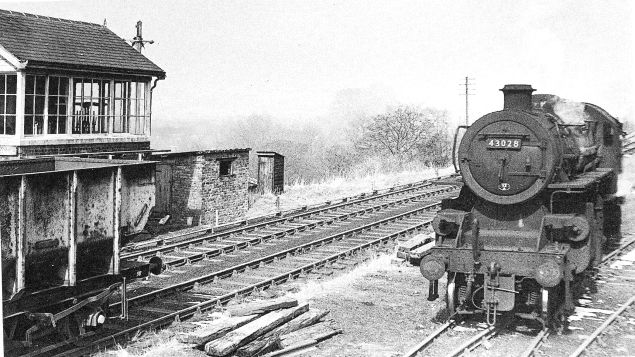When I was
asked to model the signal boxes for the Stainmore project, I thought it would be a simple matter of
producing a couple of NER standard boxes and duplicating them along the route.
Consequently, I tracked down a rare and expensive edition of the North Eastern
Record and prepared to start modelling.
First job
was to assess how many were needed. Obviously, there would be one at each
station, so that was 15, plus some stations had 2 or 3 signal boxes, bringing
the total to 21. Just for good measure they also had one for every quarry along
the route, which was another 3 and there were additional signal/crossing cabins, plus junction and siding boxes which increased the total by
a further 5!
So, 29 boxes
to build, but not a problem if they were all to the same standard. How wrong
could I have been?
Firstly, the
roofs. Some slope front to back, some from side to side. Some roofs were pointed and others hipped. Also note
that many of the sloping roofs had ornate gable ends, whilst others were plain.
Still, at
least this variety of roofs should be on
top of standard NER boxes...............
sorry no!
They were
tall, they were short, they were big and they were small, anything but
standard.
But
hopefully they would have been built from a set of standard materials which
would minimize the variety of textures I would need to model them....................
Wrong again!
Most were of brick construction, a few of stone and the more exposed moorland
boxes had a render finish for added weather protection and one, at Hulands
Quarry, was timber clad.
Finally,
there was the issue of the steps. Some had the
steps on the left, others on the right. Many had straight stairs whilst others
had L-shaped flights of steps and, as for Kirkby Stephen West, I think the
designers spent too long in the Croglin Castle Hotel ( a popular drinking den
for Kirkby Stephen railworkers), when they planned these ones.
Still, in
the end I can only work with what is
there, so I do my best to reproduce a reasonable facsimile of the Stainmore
Route signal boxes in an attempt to properly represent the look and feel of this atmospheric stretch of railway.
The
following is a glimpse at some of my efforts to date:
So far 14
done, nearly half way. But wait a moment, did someone just say that Ben has
extended the route to include Penrith to Tebay?!
I can only hope the LNWR definition of
"Standard" was a lot more consistent than the NER's.................................
More Soon.....................................



















